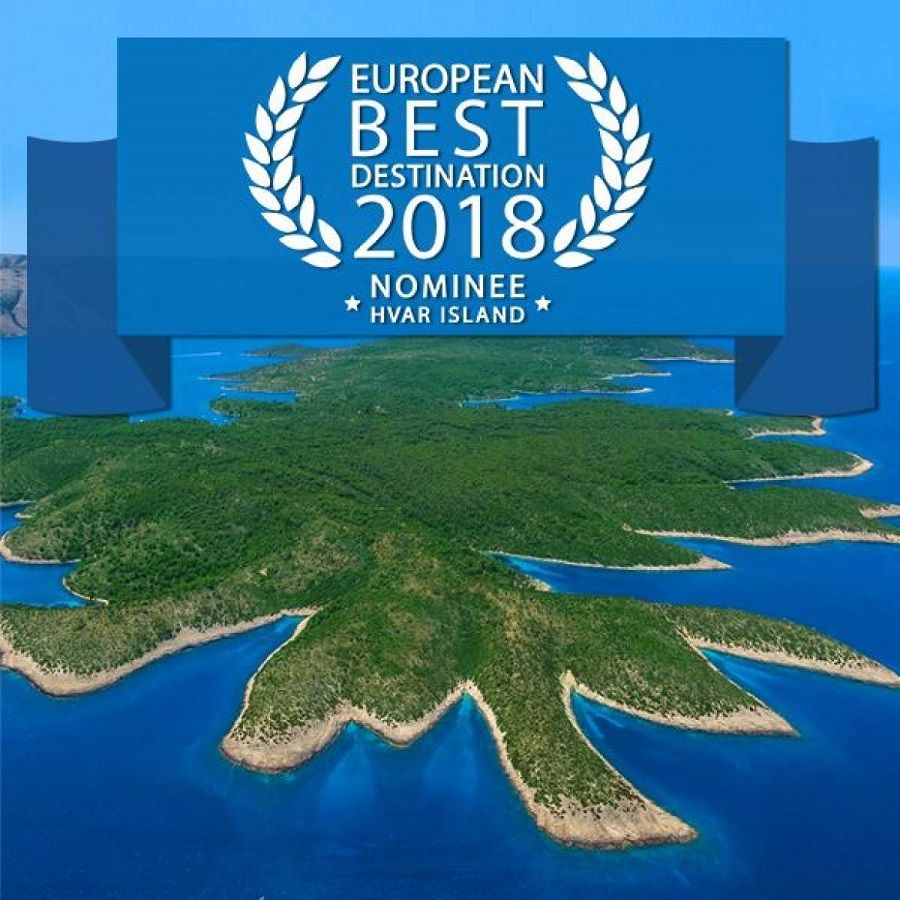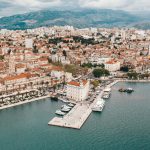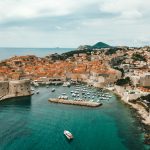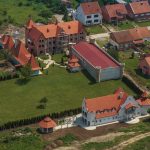Voting closes for 2018 European Best Destination on February 8, 2018 – will it be the island of Hvar?
In our final look at the magic of the island of Hvar as a top destination, we take a look back in time for its tourism history, for while many other destinations around the world are relatively new to tourism, Hvar has been welcoming guests for longer than most. In an interview with the New York Times last summer, Hvar Town Mayor Riki Novak said that the people of Hvar are genetically disposed to tourism. The should be, for the people of Hvar are the founders of organised tourism in Europe, a fact that is being celebrated in some style this year as Hvar marks 150 years of organised tourism in Europe in May.
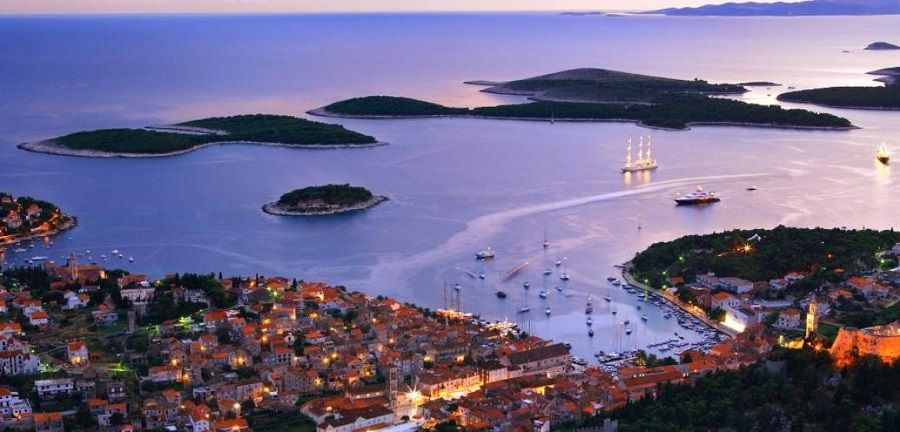
With the founding of the Hvar Health Society on May 15, 1868, the first organised tourism in Europe came into being, tourism based on health and recuperation, rather than historical sites. While individual travel had a long tradition among the upper classes, the first organised tourist association in France only came into existence in Cannes in 1907 (Syndicat d’Initiative). The birth of organised tourism in Europe was announced as follows:
Having surrendered Venice, in all its vast dominions Austria does not have a single place on the coast suitable for people with chest illnesses to stay during the winter season, despite the fact that there are several such places in Istria and Dalmatia.
After due consideration, and with the approval of the most capable doctors and excellent naturalists, it has been established that nowhere is better than Hvar for those with chest illnesses. With its location, the particular nature of the town and the special features of its climate, it can not only rival Venice, Pisa, Nice and so on, but can often outshine them.
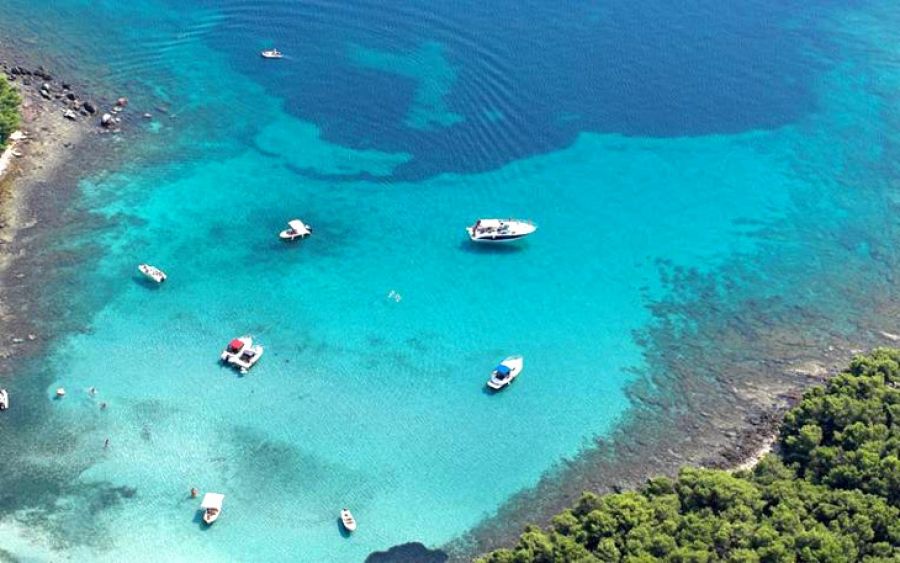
Guided by these reasons, and inspired by patriotism and humanity, in the belief that we can offer people from Austria and Northern Germany a superior and more accessible resort, we are establishing in Hvar, Dalmatia, a joint stock company called the Health Society in Hvar.
The aim of the Health Society is to provide everything needed for visitors to have a pleasant stay in this town so that their sufferings are eased and their diseased lungs can benefit from our mild climate and health-giving air.
For this purpose, the Society will have at its disposal comfortable accommodation for visitors, providing all services, and sparing no effort to fulfil all their desires.
By October several houses will be ready and equipped for this purpose.
Hvar, 15th May 1868.
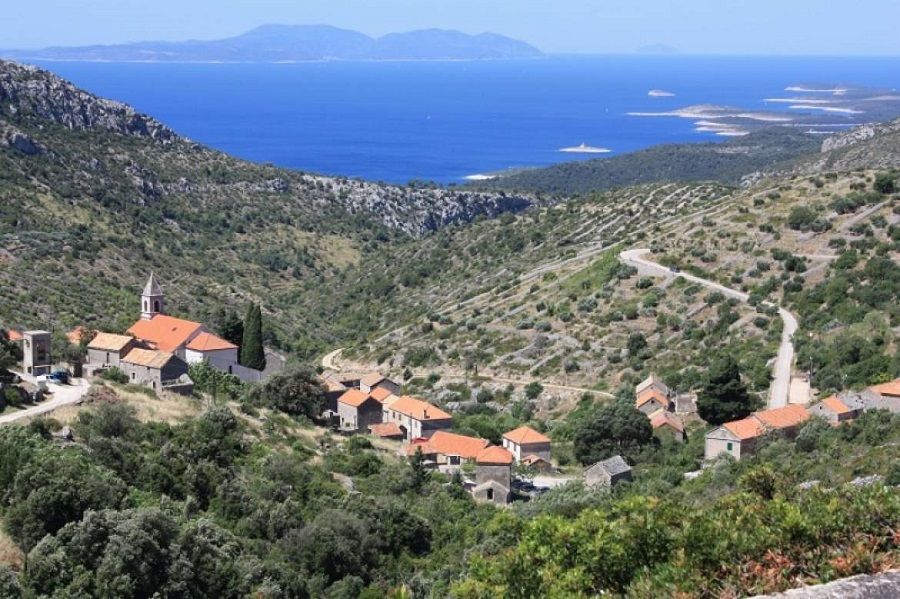
The first hotel for the new society was a private house on the main square in Hvar Town, owned by the Samohod-Duboković family, which opened for business on October 15 1868 after a full renovation. The new hotel had 13 single rooms with heating and a restaurant and was staffed by a cook, two waiters and a chambermaid from Trieste.
Funds for a more expansive hotel were sought but progress was slow and the temporary hotel was moved to the former military building on the Fabrika in 1872, with private accommodation fulfilling any shortfall in beds.
The Hvar Health Society petitioned the Court in Vienna for financial support to build a proper hotel, asking that Empress Elizabeth become a patron of the new hotel, allowing it to bear her name. She agreed and the first royal donation was made in 1869 with this reply:
To the honourable Management of the Health Society in Hvar, Dalmatia
Her Majesty the Empress and Queen has very generously decided to accept the patronage of your Health Society, based in Hvar, and to allow the Clinic built by this Society to bear the name “Stabilimento igienico imperatrice Elisabetta” (The Empress Elizabeth Institution of Health). As a mark of her most gracious acknowledgement of the worthy aim of the aforementioned Institution, it is her pleasure to grant a gift for it of 200 florins from her Royal Highness’ personal funds.
As it is my honour to inform the honourable Management of the Health Society in Hvar of the glad news of Her Majesty’s decision relating to the request of the 20th of last month, and to pass on the above-mentioned generously approved sum, I ask you kindly to sign and return the enclosed confirmation of receipt of the same.
Gödöllö, 10th November 1869
B. Napcsa, on behalf of Her Majesty
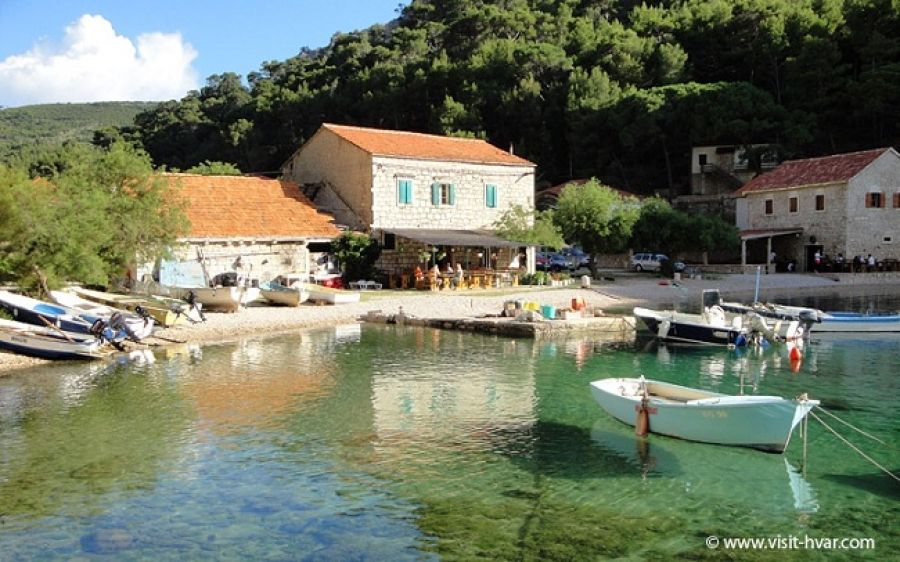
Construction of the new hotel, where the ruins of the former Ducal Palace once stood, was slow, from plans drawn up in 1880 to completion of the first part of the building in 1898 and formally opened on April 1, 1899.
The fully completed Kur Hotel Kaiserin Elizabeth opened in 1903, furnished from Trieste and boasting 35 beds, bathrooms, a reading room, restaurant and coffee-house in the old loggia.
Some of the hotel’s rules, included in the 1905 rulebook (printed in Croatian, Italian and German), required guests to be clean and tidy, not to smoke at lunch, play dangerous games inside the hotel, bring in animals or hang washing outside.
The Society’s early efforts were both impressive and successful, with Hvar becoming known as the Austrian Madeira. The majority of guests were German, Austrian, Czech, Hungarian and Croatian, enticed to Dalmatia by some excellent tourism promotion by the Hvar Health Society.
In addition to the various leaflets, notices and reviews in Austrian journals, the first guide to Hvar, in German, was printed in Trieste in 1899, followed by a second with photographs in 1903. Things to do on Hvar included night fishing, bowling, the shooting range, concerts and music on the hotel’s terrace, and the art collection at the Franciscan Monastery.
The tourism boom inspired others to jump on the bandwagon and the privately-owned Hotel Kovacic opened in 1914 on the waterfront, as did the Palmizana Manor House on the Pakleni Islands in 1906.
The financial dividends of successful tourism were somewhat reinvested in the town, and there were major improvements in this period, including fixing the promenades to the Franciscan Monastery and Majerovia Bay. Improvements were also made to the town’s bathing beach, changing huts and tennis courts, trees were planted and ferry connections improved.
The most high profile visitor to Hvar in the early years was Emperor Franz Joseph I himself, who sailed in for a night in 1875, to be greeted with a spectacular reception, including fireworks, leading him to address the people of the town:
Thank you for the heartfelt welcome organized by this historic town. I have always believed in the sincere and patriotic feelings of these people, and I guarantee them my Imperial mercy and benevolence.’
150 years later, the island of Hvar is still leading the way in terms of tourism. Known as Croatia’s premier island, it has an enviable tourist offer which makes it a worthy nominee for the best destination in Europe, an offer which includes these selected highlights:
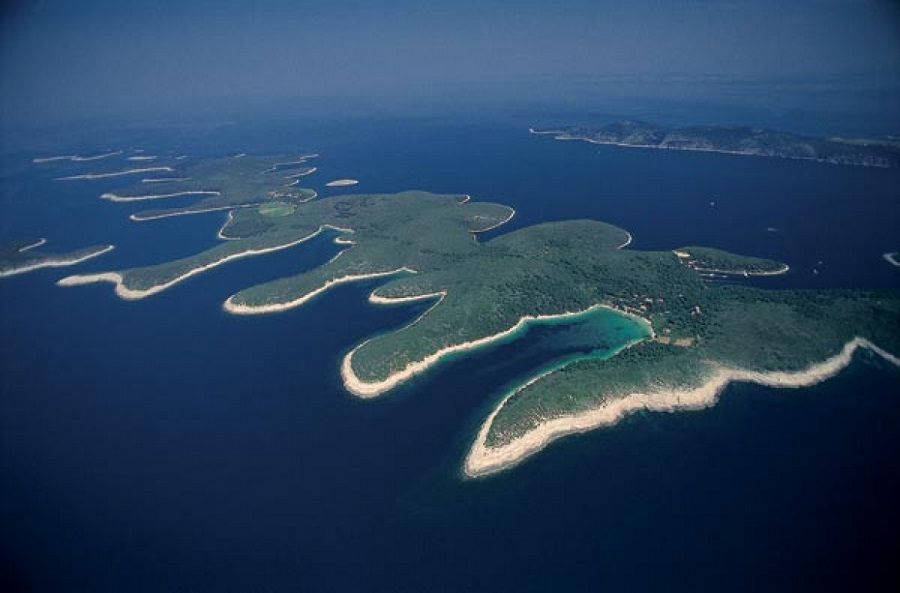
- The most UNESCO heritage of any island in the world
- The oldest public theatre in Europe
- The birthplace of organised tourism in Europe
- Stari Grad, claimed to be the oldest town in Croatia
- Regularly named as one of the top 10 islands in the world
- Beaches which are regularly in Europe’s top 10, including CNN’s top naturist beach in the world
- The world’s most exclusive olive oil
- A temperate climate, ideal for health tourism, which earned Hvar the nickname of the Austrian Madeira
- A celebrity island, attracting some of the world’s most famous people, from Mrs JFK and Orson Welles in the 1960s, to Tom Cruise, Beyonce and Prince Harry in recent years.
- An outstanding gourmet off, based ot its UNESCO-protected Mediterranean Diet, washed down by indigenous grape varieties now exported as far away as California and China.
- Unique festivals celebrating unique aspects of island heritage, nature and tradition
- An adventure tourism paradise, where some of the world’s top sportsmen (cycling world champions, Olympic gold medal-winning swimmers) come to train and compete
- One of the top sailing destinations on the Adriatic, with the emerald jewels of the Pakleni Islands a particular highlight.
- A combination of the legendary Dalmatian hospitality, relaxed lifestyle and perfect climate (this is the sunniest island in Europe) make Hvar the ideal chilling zone.
And many more reasons beyond. Voting closes today for the 2018 European Best Destination. Will it be Hvar? You can cast your vote here.
